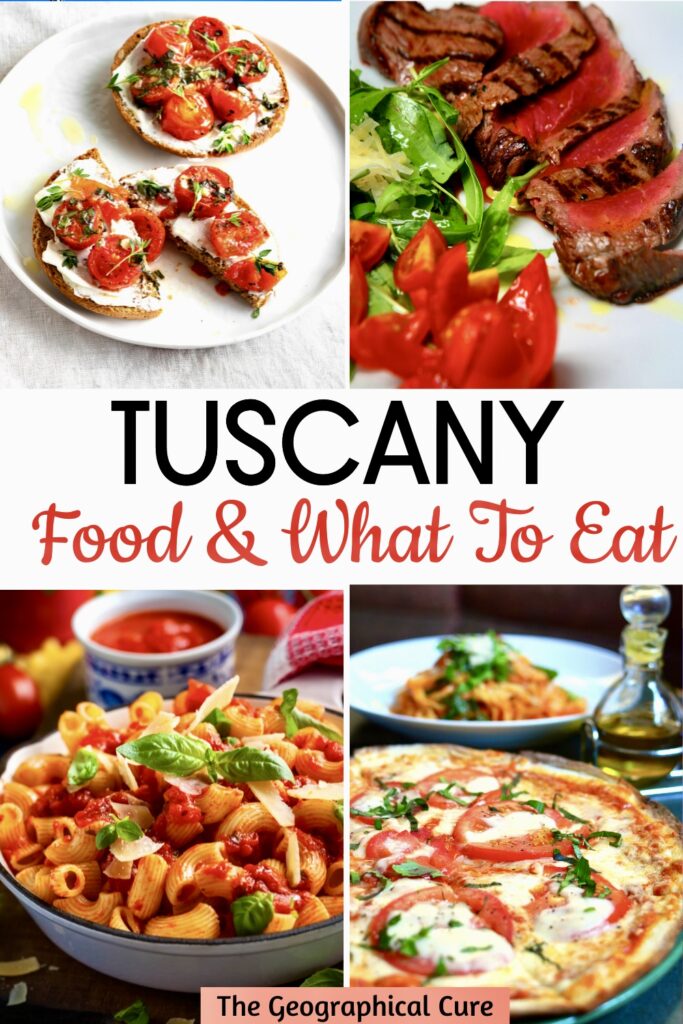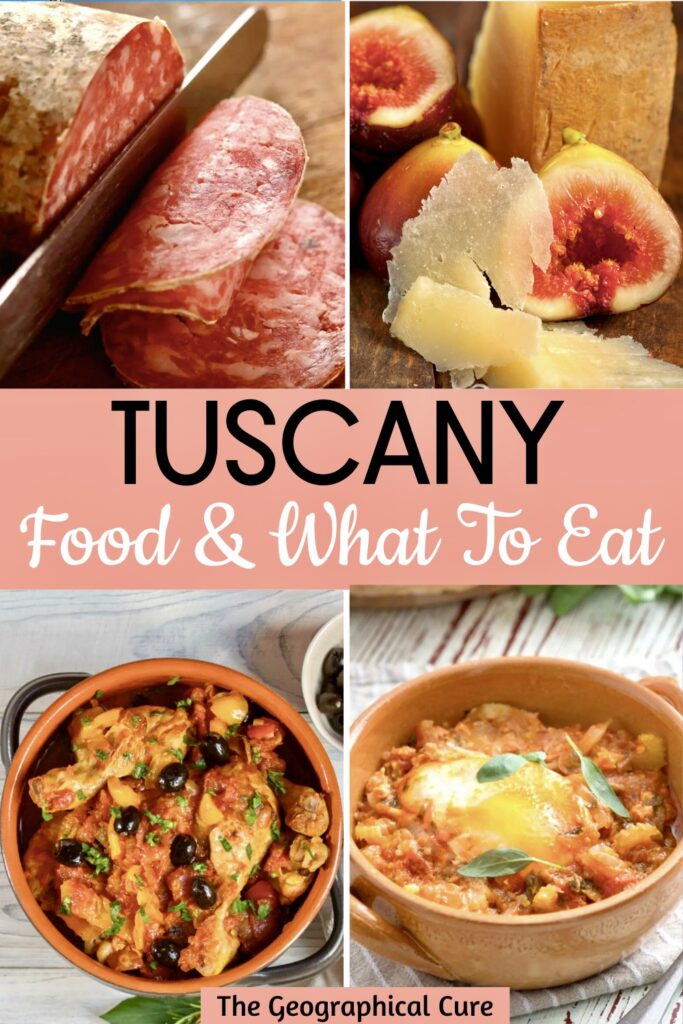Tuscany is renowned for its simple yet delicious cuisine. Its variety of wines is as good as any in Italy.
Eating is a passion for Tuscans. And you shouldn’t miss the opportunity to eat your way through this decadent region.
In fact, lunch or dinner on a vine-covered terrace or under a starry Mediterranean sky may be just as memorable as a visit to the Uffizi Gallery or other star attractions.
I’ve been to Tuscany several times and sampled all the goods with abandon. In this article, I’ll tell you about Tuscan food and give you a list of some emblematic dishes to sample on your Tuscan adventure.
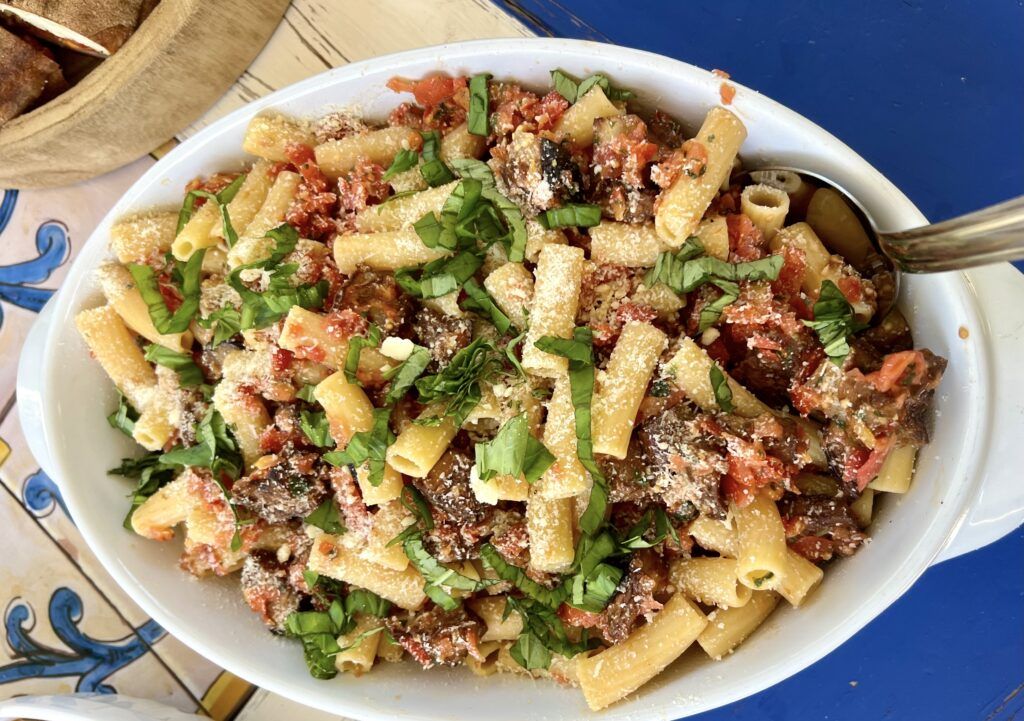
Overview Of Tuscan Food
Much Tuscan food is based on peasant tradition, the so-called cucina povera or cuisine of the poor. These typical dishes have withstood the test of time, and have evolved into mouthwatering staples of contemporary Tuscan cuisine
The region’s cuisine is based on certain basic ingredients — mouthwatering hams, cheeses, hearty soups, pastas, gilled meats, fresh fish, and superb olive oil.
Better still, most of the food is seasonal and local produced. Visit in spring, for example, and you can try tiny spears of wild asparagus. In fall, it’s the turn of figs, mushrooms, and gold-green grapes.
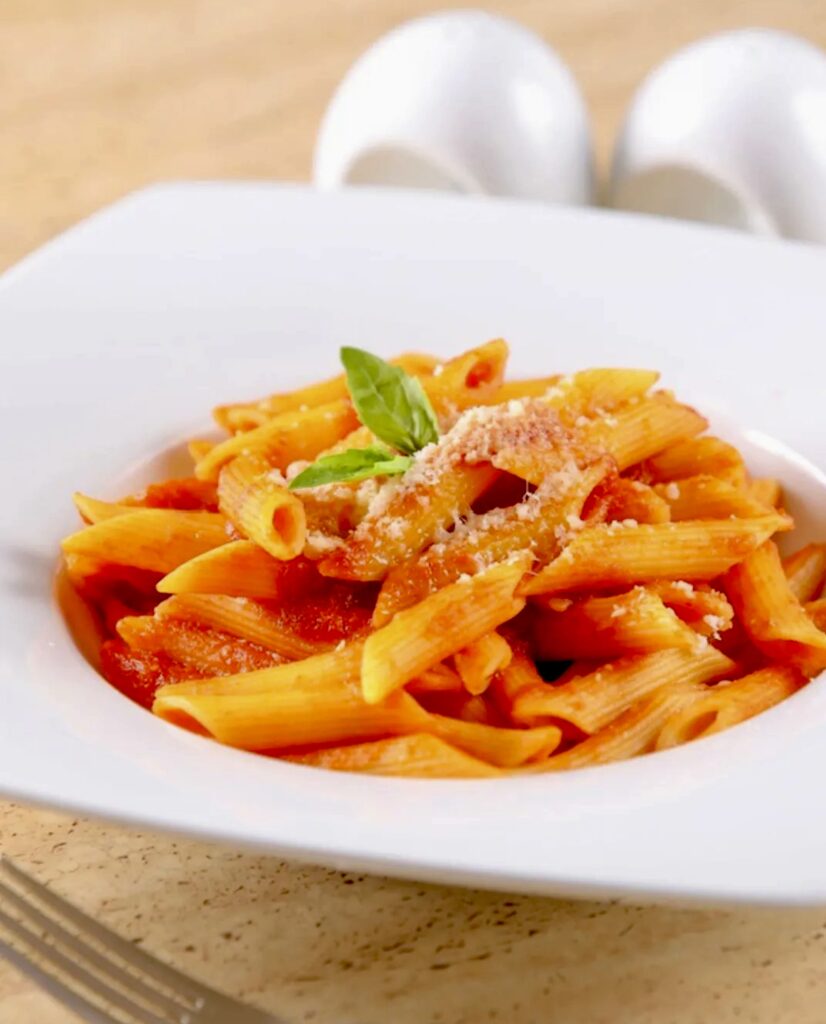
If the produce changes by season, the meals do not.
Breakfast is a simple coffee and croissant. Lunch and dinner begin with antipasti (starters).
First courses include pastas or soups. Second courses might include Florentine beefsteak, pork loin, wild boar, rabbit, or beef stew.
Tip: You won’t be expected to order every course at lunch.
Several companies offer half day cooking courses in Florence. Some include a visit to Mercatao Centrale, where you will pick out fresh ingredients. You can also learn to make pizza and gelato.
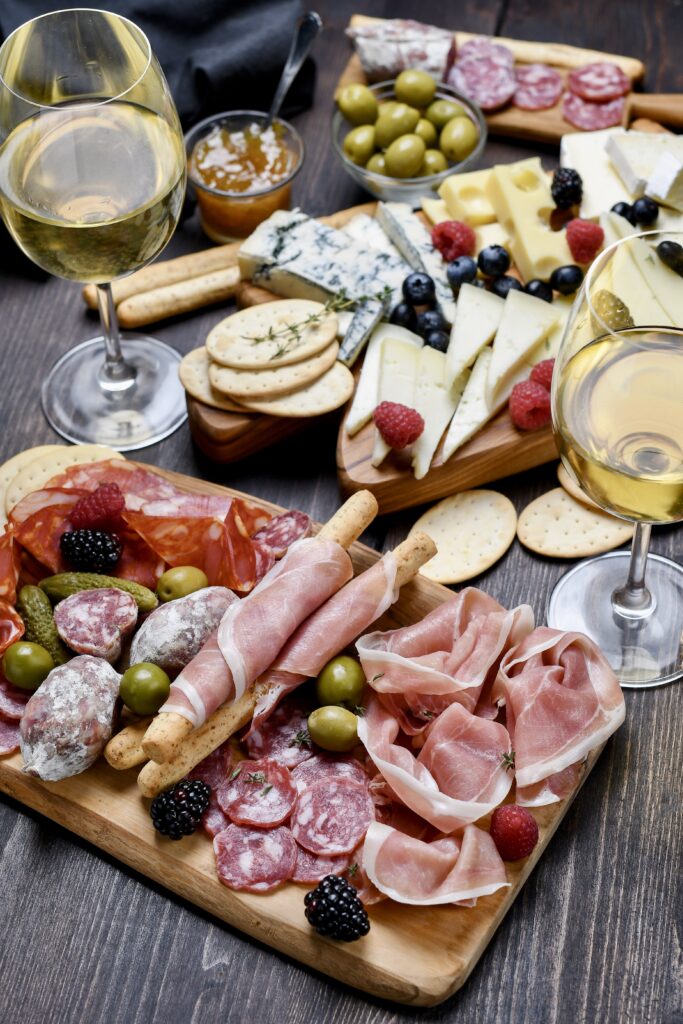
What To Eat In Tuscany
Here’s just a sampling of delicious dishes you can try in Tuscany.
Antipasti
In Tuscany, cheese and meat antipasto are essential to the region’s culinary culture.
Tuscan cheese selections are diverse. But pecorino toscano, a sheep’s milk cheese ranging from soft to hard, is the local standout. Its known for its nutty flavor.
On the meat side, Tuscany is famous for its cured meats like prosciutto toscano (savory) and prosciutto di parma (sweet).
Finocchiona, a fennel-flavored salami, is also staple of Tuscan charcuterie, along with Salame Toscano, seasoned with garlic and black pepper.
These appetizers are typically served together on a mixed platter, complemented by Tuscan bread, crostini, jam, honey, olives, and extra virgin olive oil for dipping.
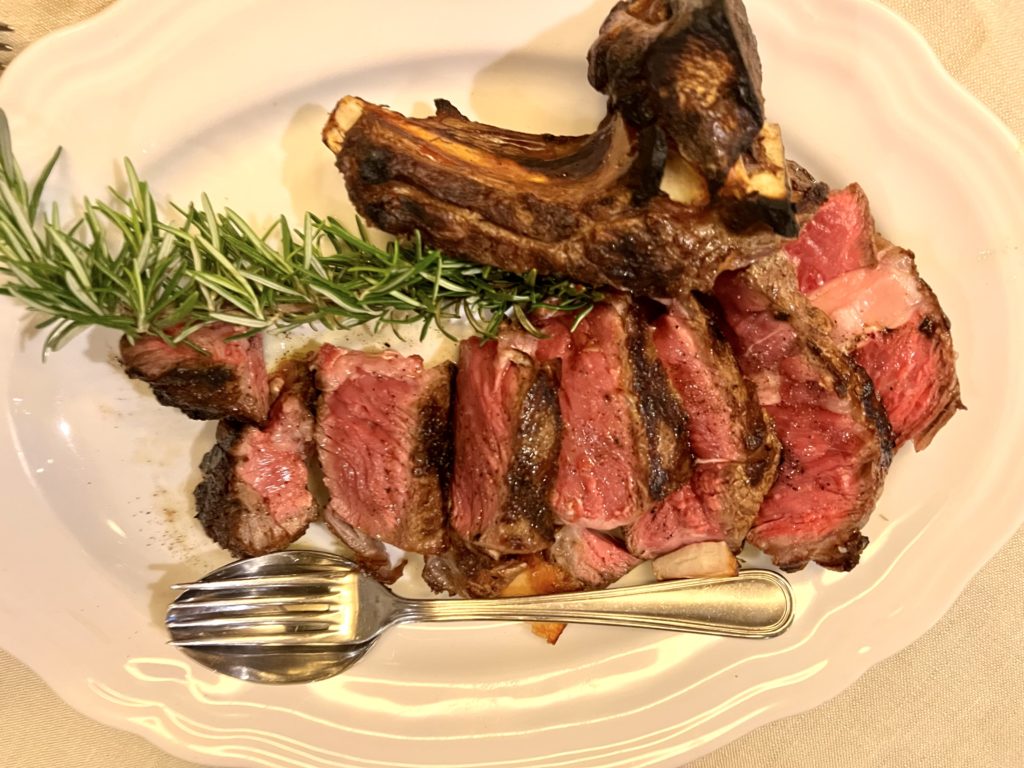
Bistecca alla Fiorentina
This favored dish of the Medici family is simply the best steak I’ve ever tasted! And it will definitely serve two people.
This “holiest of holies” is a large, T-bone steak grilled over a wood or charcoal fire. It’s seasoned with salt, black pepper, and herb-infused olive oil.
The steak is traditionally cooked rare, or al sangue, to showcase its quality. Once it’s perfectly grilled, the steak is either sliced right at the table or presented already sliced, with the impressive T-Bone in the center.
True to Tuscan tradition, this steak comes exclusively from the Chianina breed of cattle, one of the oldest cattle breeds in the world.
The Chianina is highly regarded for its lean, flavorful meat, which is key to the distinct taste and quality of this iconic Tuscan dish.
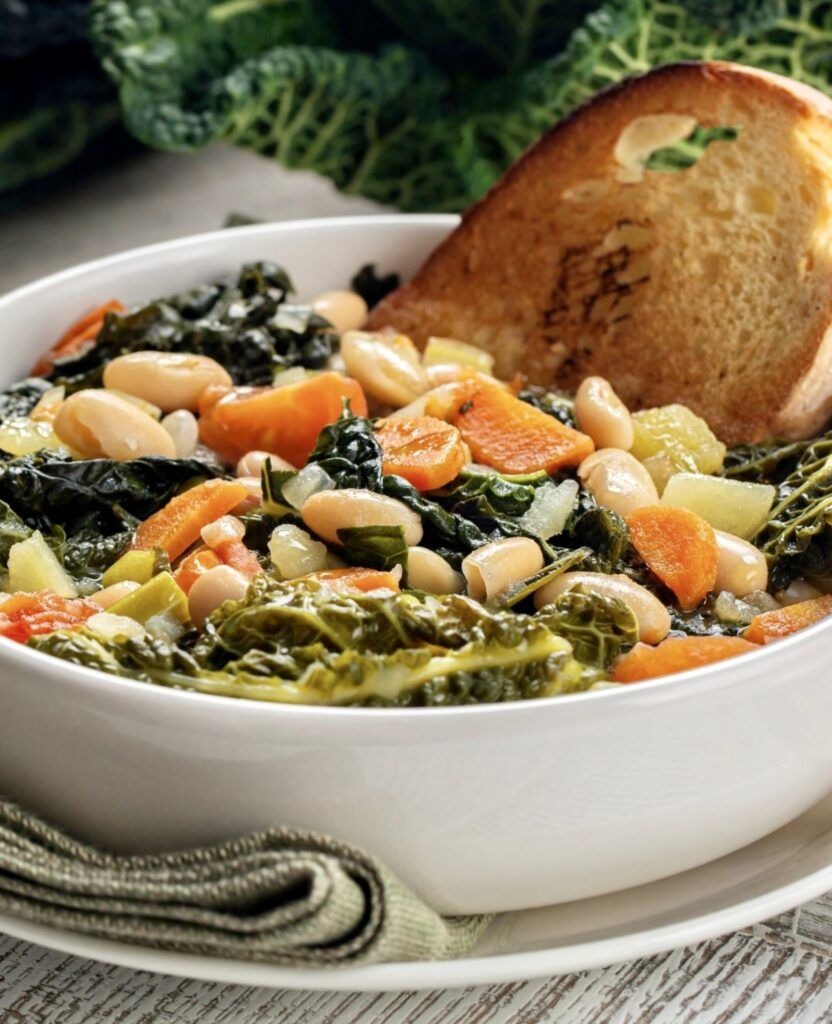
Ribollita
Ribollita was originally a peasant receipt for using stale bread. Now, it’s a chic expression of Tuscan cuisine.
It’s hearty soup made with bread, cannellini beans, and vegetables, including carrot, cabbage, beans, silverbeet, and onion.
The soup is typically served hot and is often drizzled with extra virgin olive oil. You can add a bit of freshly grated Parmesan cheese on top.
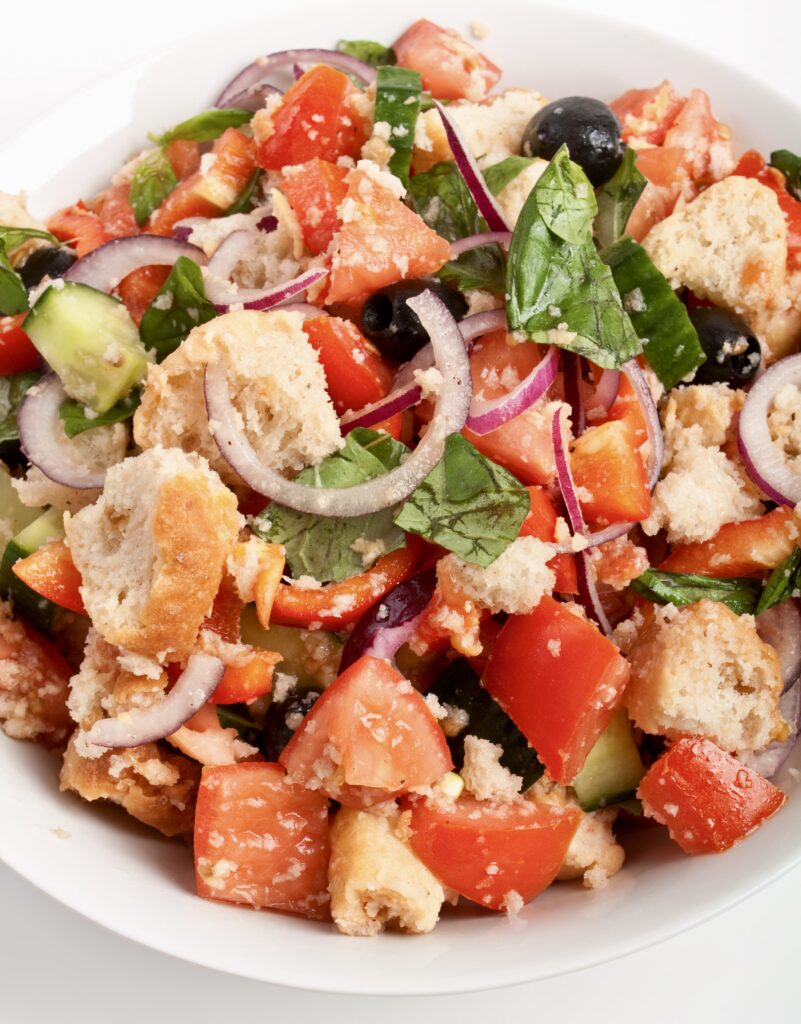
Panzanella
Panzanella is a classic dish from Tuscany that turns simple, humble ingredients into a refreshing salad.
It’s a prime example of “cucina povera,” an Italian culinary concept that makes the most of basic, readily available ingredients.
The star of Panzanella is stale bread, which is ingeniously used to create a satisfying and flavorful dish. Originally, Panzanella didn’t include tomatoes since it predates the introduction of tomatoes to Italy from the Americas.
However, in today’s version, fresh tomatoes and onions are the main ingredients. Over time, other elements like cucumbers, various types of lettuce, mozzarella, olives, and basil have become popular additions.
The dressing is typically a simple mix of olive oil and vinegar, enhancing the natural flavors of the ingredients.
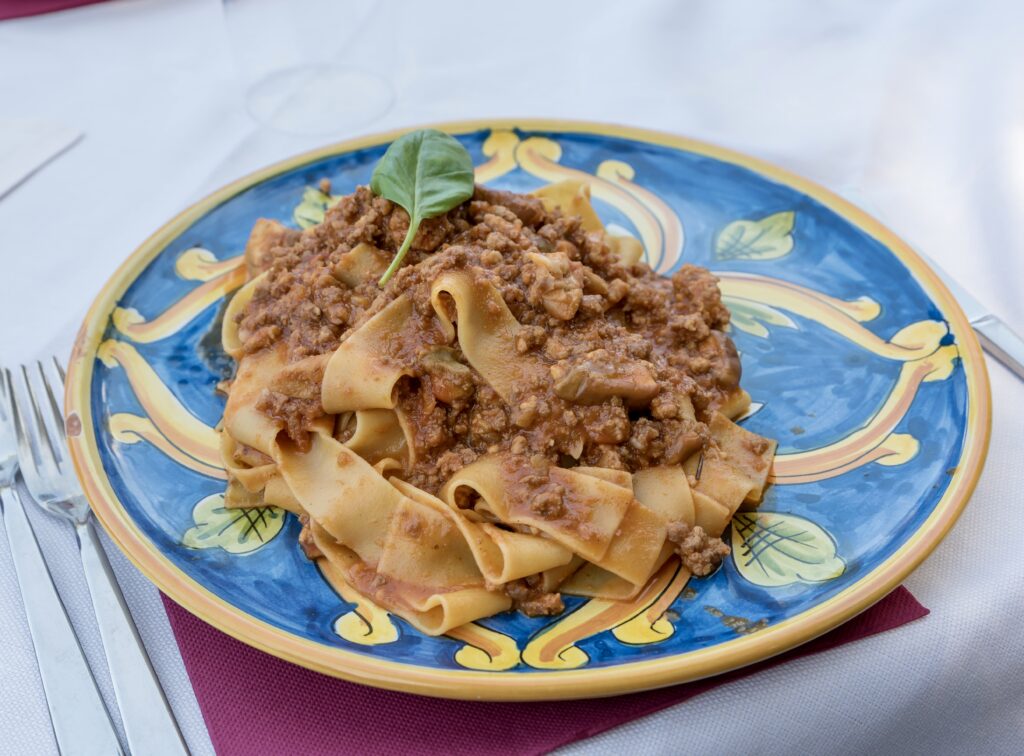
Pappardelle
Pappardelle is pasta with extra wide noodles.
It’s often served in a rich, slow-cooked wild boar sauce called cinghiale. The boar tastes similar to pork.
For the sauce, the meat is simmered with rosemary, garlic, sage, tomatoes, and red wine. It’s cooked on low, and very slowly, so that it becomes so tender that it shreds.
Pappardelle is also served with rabbit, lepre. The hare is cooked in a tomato sauce with carrots, onion, celery, and red wine. Then, the rabbit meat sauce is tossed with the pasta.
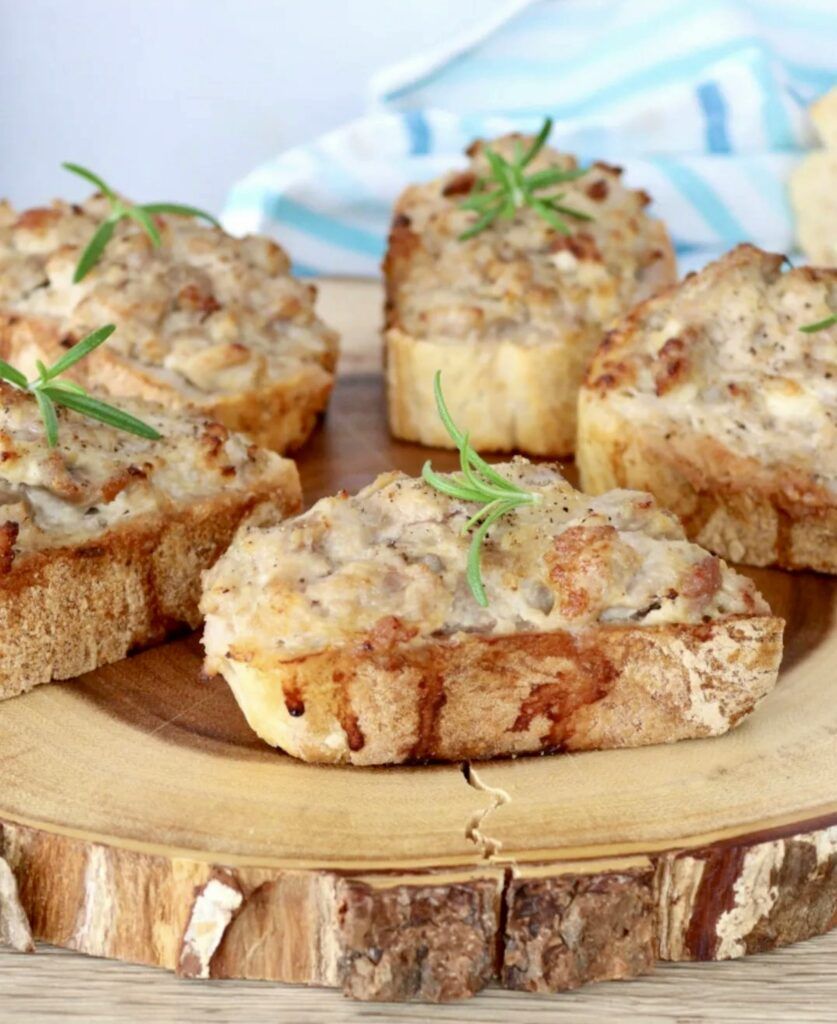
Crostini & Bruschetta
Crostini is a thin toasted bread topped with savory garnishes — chicken liver pate, capers, and anchovies. These appetizers are known for their telltale briny twang.
Crostini is bite size and often made with baguettes.
In winter, it’s served al nero with Tuscan black kale. The kale is known for its dark leaves and slightly bitter flavor.
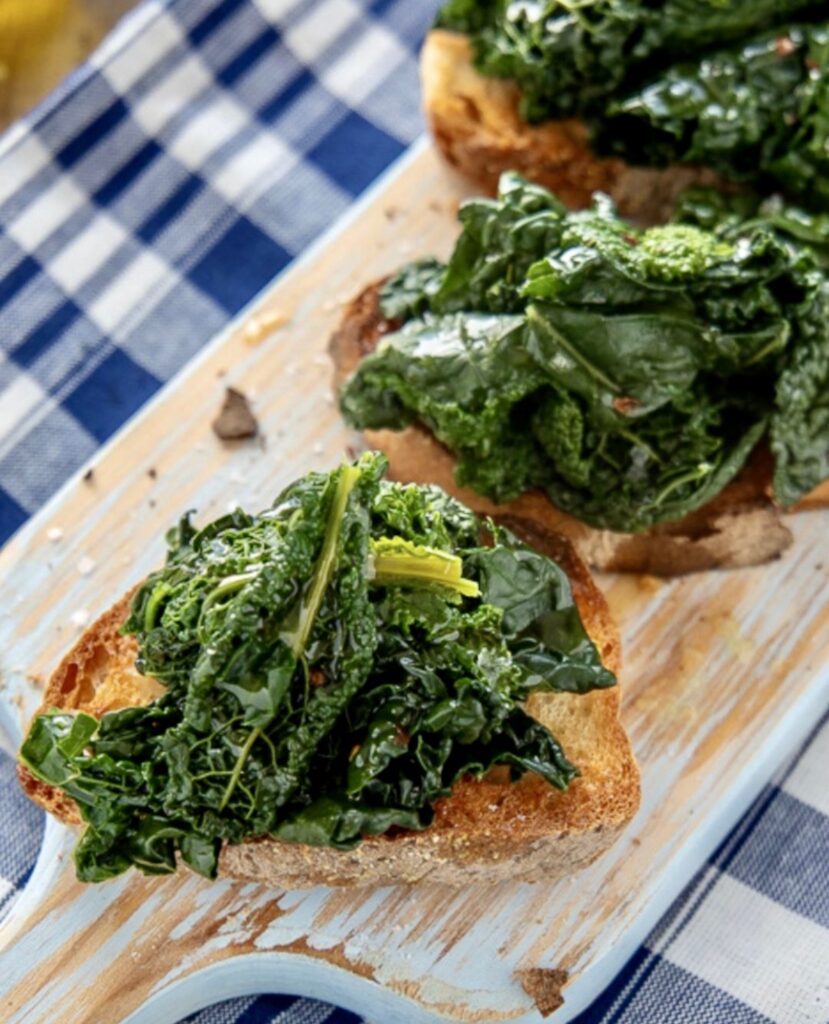
Bruschetta is a slice of grilled or toasted bread, usually a rustic type like ciabatta or a baguette. The bread is sliced, typically about a half-inch thick, and then toasted until it’s just crispy.
The toasted bread is rubbed with garlic and olive oil and topped with diced tomatoes or a simple grind of salt and pepper.
But there are many variations. Toppings can include anything from olives, roasted peppers, and cured meats to various cheeses and even beans or mushrooms.
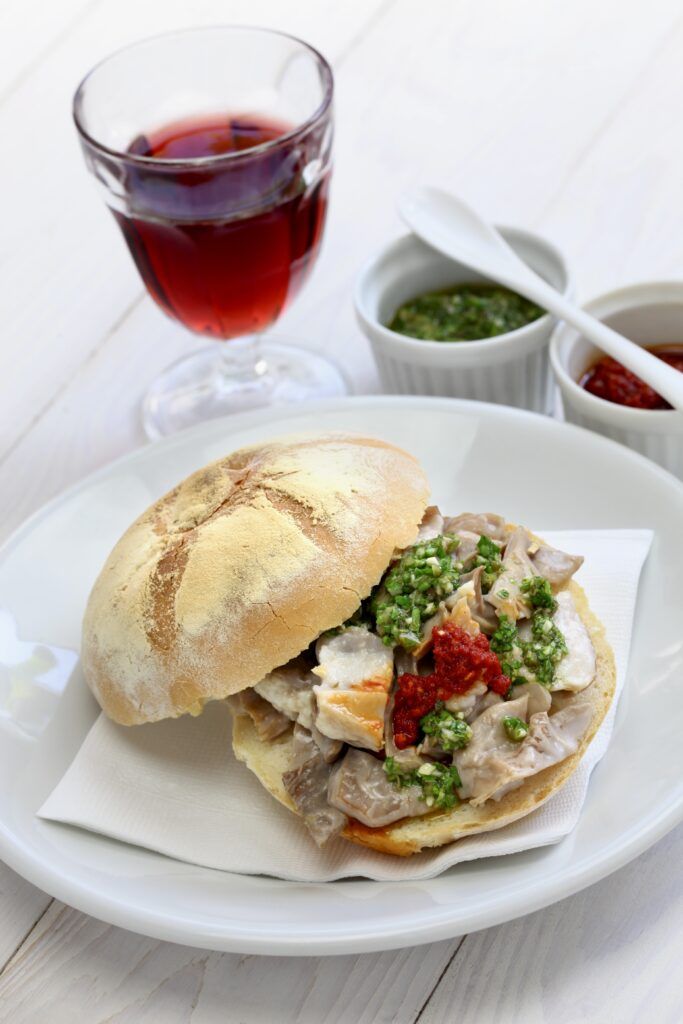
Lampredotto
Lampredotto is a traditional Florentine sandwich served in a bun with a spicy sauce.It’s interesting name comes from lamprey eels.
But don’t be mistaken, this dish doesn’t contain any eel. Instead, it’s made from the fourth stomach of a cow, which, surprisingly, looks a bit like these eels.
This Florentine specialty is slowly cooked with tomatoes, onions, celery, and herbs until it becomes tender and flavorful. You can enjoy Lampredotto on its own or as a filling for a sandwich.
In Florence, the Lampredotto sandwich is a popular street food, so you’ll find it easily in local markets and food stalls.
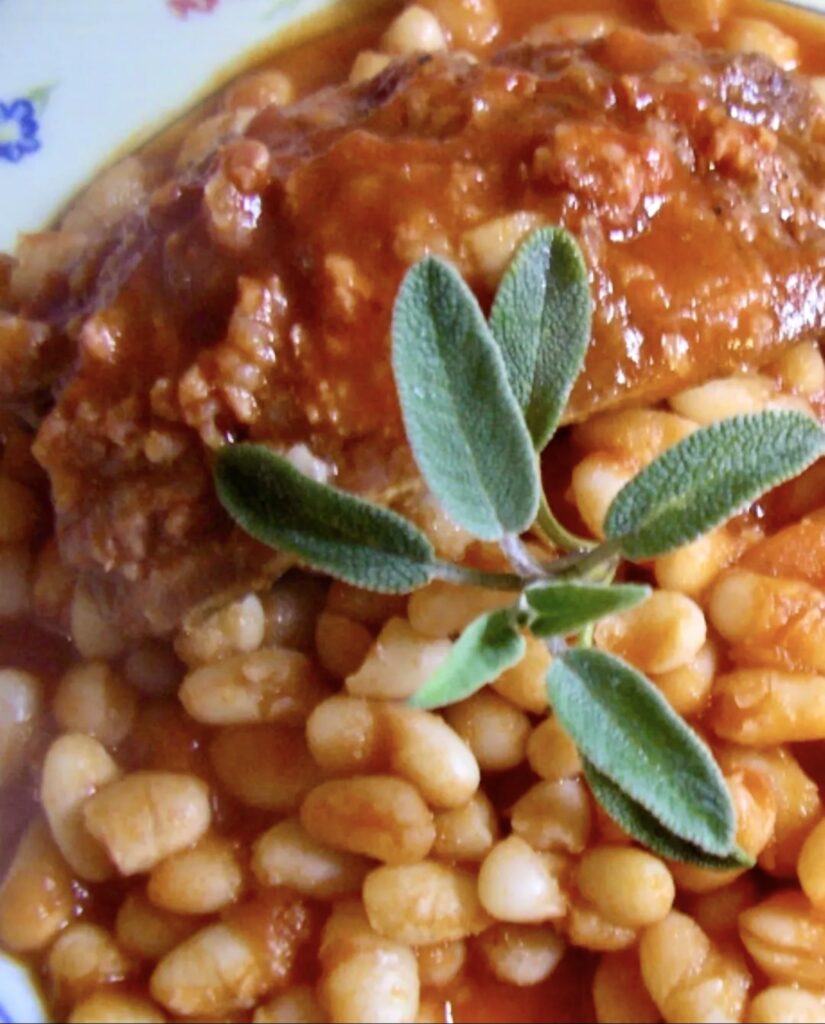
Fagioli all’uccelletto
The dish literally translates to “beans in the style of little birds,” which is a bit misleading since the dish is vegetarian and does not contain any bird or meat.
The name instead refers to the method of preparation, which is similar to the way small birds were traditionally cooked in Tuscany.
The primary ingredient is white beans, typically cannellini beans. This stew is cooked with sage, garlic, and tomatoes. It’s often served as a side dish with grilled meats like sausage.
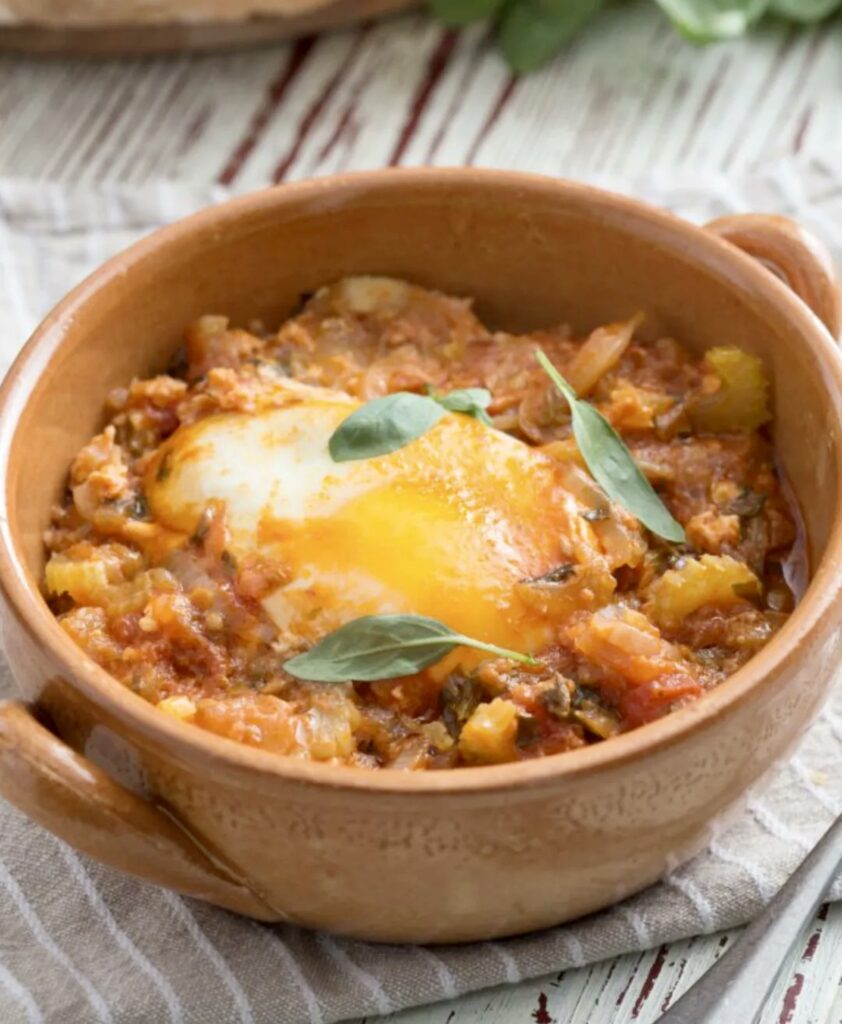
Acquacotta
Acquacotta is a traditional Italian soup, originally a peasant dish, hailing from the Maremma region of Tuscany and Lazio. Its name literally translates to “cooked water,” which reflects its humble origins and simplicity.
It’s a hot broth-based bread soup. It’s made with bread, onions, tomatoes, olive oil, and various vegetables. Sometimes an egg is poached in the soup.
The soup is typically seasoned with olive oil, garlic, and various herbs, such as basil or parsley.
In some recipes, a piece of Parmesan rind is added for extra flavor. Other variations include wild herbs, mushrooms, or beans.
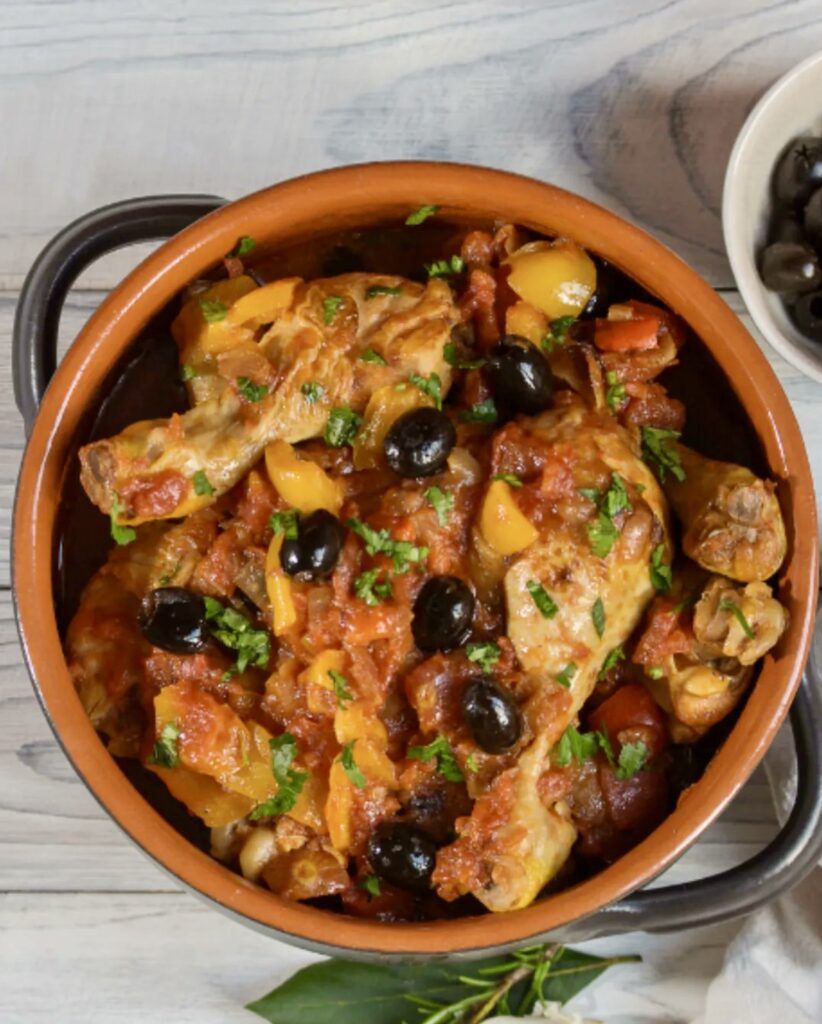
Coniglio alla Cacciatora
This a traditional Italian dish, and its name translates to “rabbit in the hunter fashion.” It’s cooked with onions, garlic, tomatoes, herbs (sage and rosemary).
The main ingredient is rabbit. The rabbit is usually cut into pieces, then browned in a pan.
It’s then cooked slowly with the rest of the ingredients. Some versions of the recipe might also include olives, mushrooms, or bell peppers. The dish is often cooked with white or red wine, enhancing the depth of flavors.
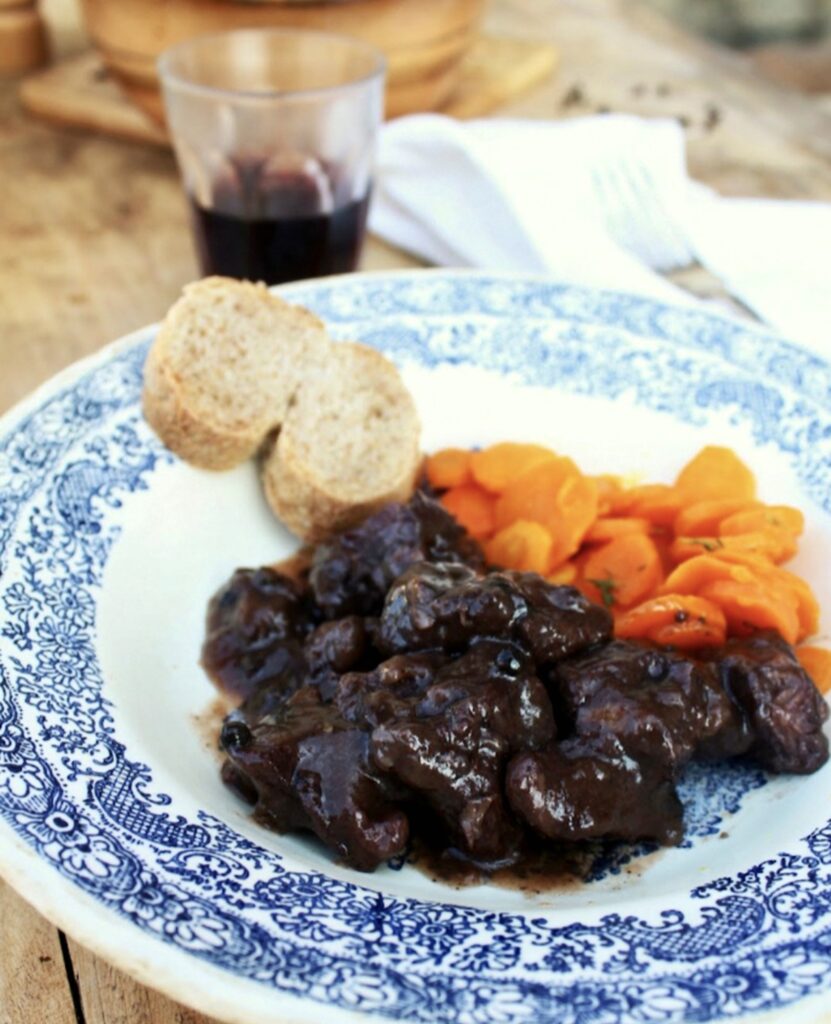
Peposo del Brunlleschi
Peposo del Brunelleschi is to a traditional Tuscan stew known as peposo. The name is a nod to Filippo Brunelleschi, the renowned architect of the dome of Florence Cathedral.
According to popular lore, this hearty stew was favored by the workers who constructed the dome in the 15th century. Brunelleschi greatly enhanced the dish to keep them happy and well fed.
The key characteristics of peposo are its simplicity and rich flavor.
The dish is primarily made with beef, typically a less expensive cut like beef shank, which becomes tender and flavorful when cooked slowly. The beef is slow-cooked with a large amount of whole black peppercorns, garlic, and sometimes red wine and tomatoes.
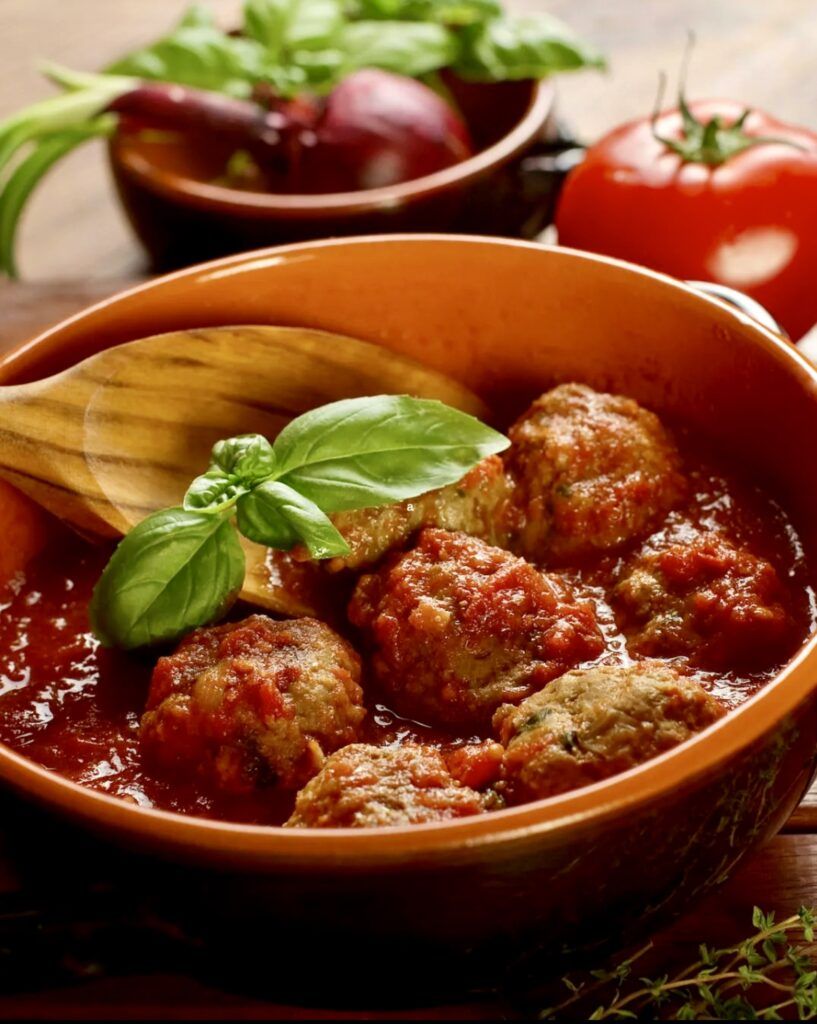
Meatballs
Meatballs, known as polpette in Italian, are part of Tuscan cuisine.
In Tuscany, meatballs are typically smaller in size and can be made from a variety of meats such as beef, pork, or even wild game.
They often include ingredients like bread soaked in milk or water, garlic, parsley, and parmesan cheese. They’re mixed into the ground meat to create a tender, flavorful dish.
The meatballs can be fried, baked, or braised in a sauce. Meatballs are often served on their own, as a secondo piatto (second course), or as part of a stew.
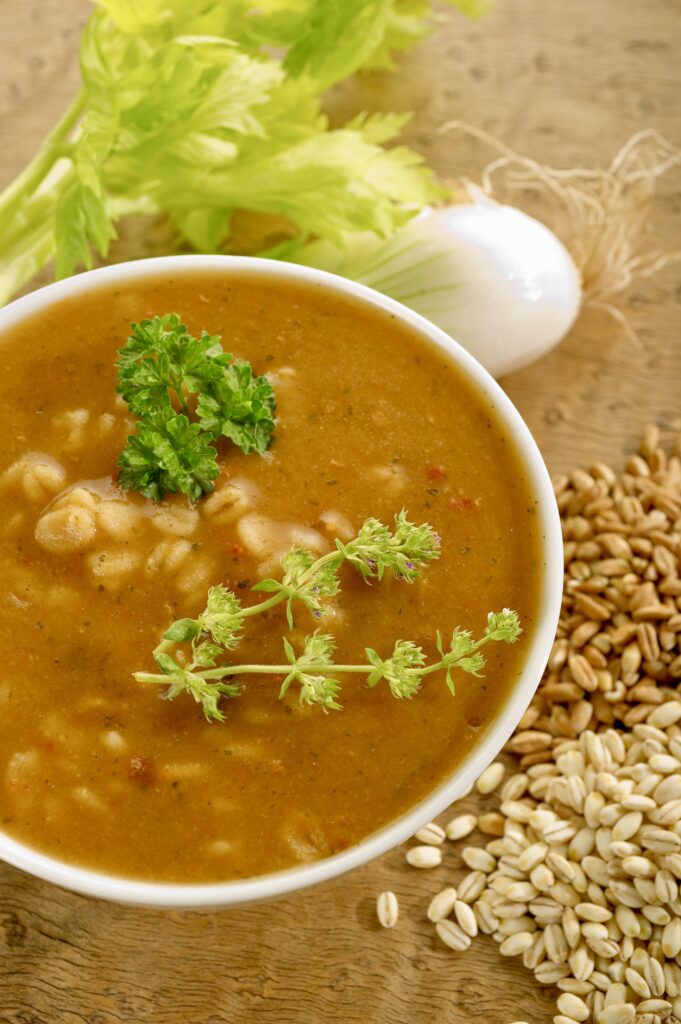
Zuppa di Faro
Zuppa di Farro is a traditional and hearty dish deeply rooted in the region’s culinary history.
Farro, an ancient grain similar to barley, is a staple ingredient in Tuscan cuisine, appreciated for its nutty flavor and chewy texture.
This cherished dish is from Lucca and the mountainous Garfagnana region. It’s true comfort food, ideal for cold weather.
Zuppa is a delightful blend of farro and flavorful Borlotti beans. The main ingredients are complemented by a mix of diced onions, celery, carrots, and various herbs and spices.
It’s traditionally finished with a drizzle of olive oil right before serving.
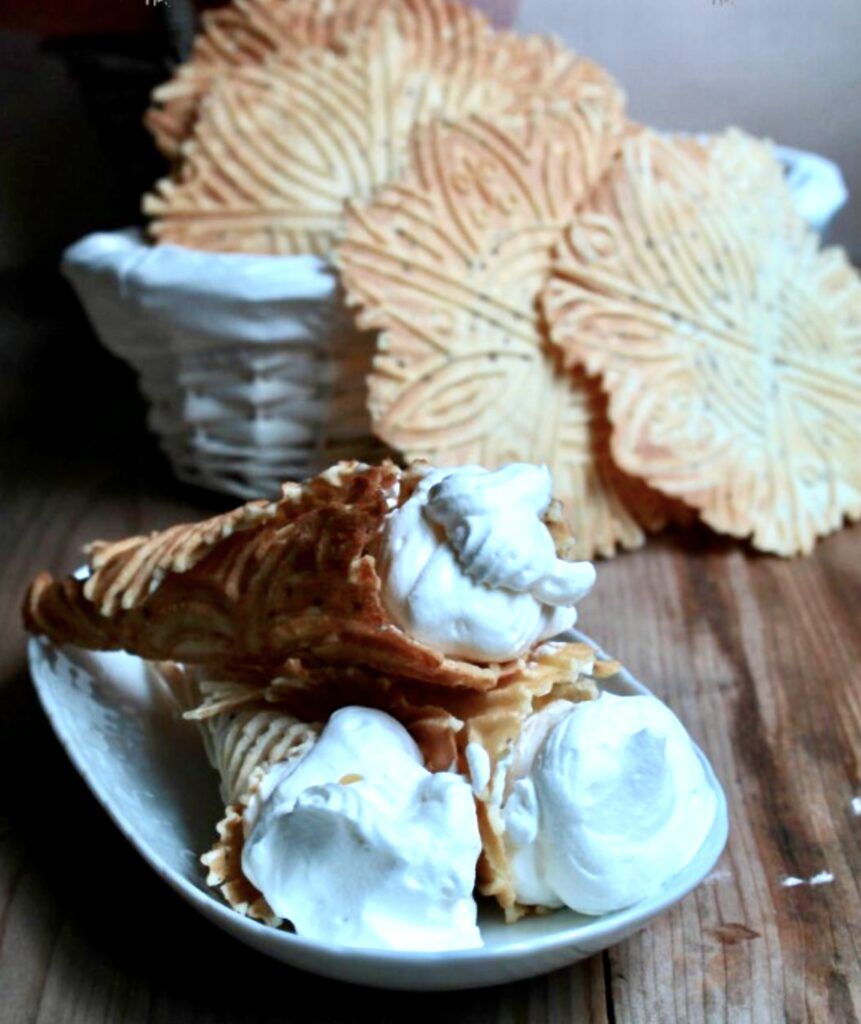

Desserts
Although not specific to Tuscany, the region boasts some of the best gelaterias in Italy. Be sure to try traditional gelato flavors like hazelnut, pistachio, or stracciatella.
Cantucci are almond biscuits traditionally served with Vin Santo, a sweet dessert wine. They are twice-baked, crunchy, and perfect for dipping.
Paneforte is a dense, chewy cake originating from Siena. It’s made with honey, spices, nuts (such as almonds and hazelnuts), and candied fruits.
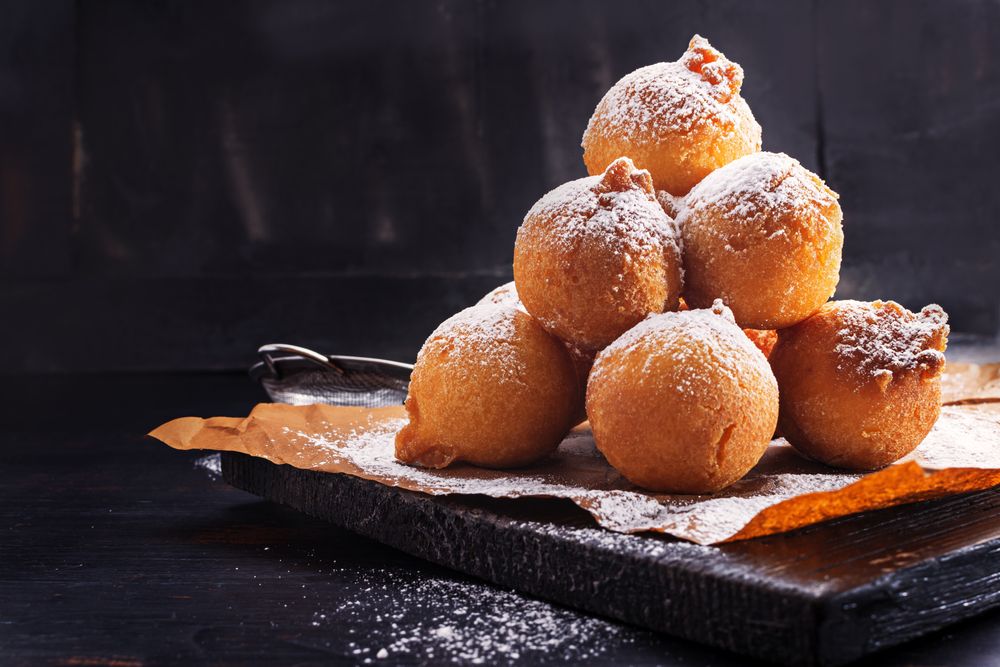
Cialdoni are thin, crisp wafers from the Tuscan town of Montecatini Terme. They’re made with a simple batter of sugar, almonds, flour, and eggs. These delicately flavored wafers are often served with coffee or sweet wine.
Bomboloni are delightful sugar-coated doughnuts of Tuscan origin. These delectable pastries are kept simple, just dusted with sugar.
Castagnole alla romana is another are traditional Italian snack. It’s essentially sweet fritters, about the size of chestnuts, dusted with powdered sugar. They are especially popular during the Carnival season leading up to Lent.
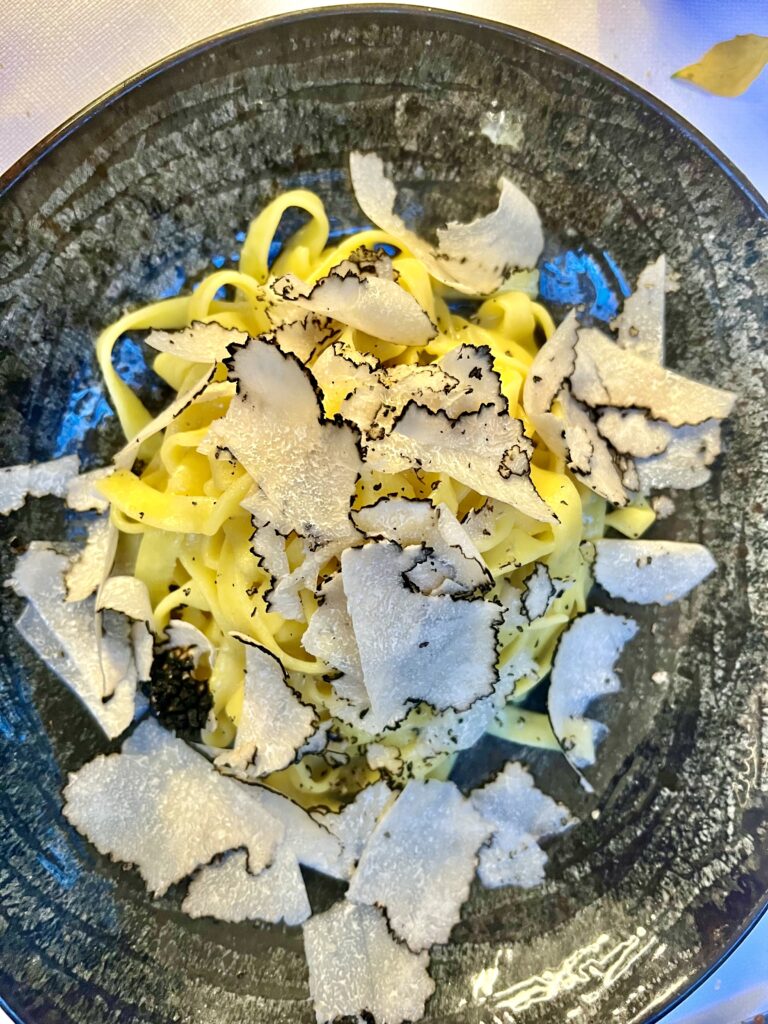
Truffles
Truffles, highly prized in culinary circles, play a significant role in Tuscan cuisine.
The most prized variety, white truffles are known for their strong aroma and are usually found in the regions of San Miniato area near Pisa and the Crete Senesi area near Siena.
The white truffle season typically runs from October to December.
You can experience all the fun of a truffle hunt with a local expert. And then buy paste, oil, or truffles under oil to bring home.
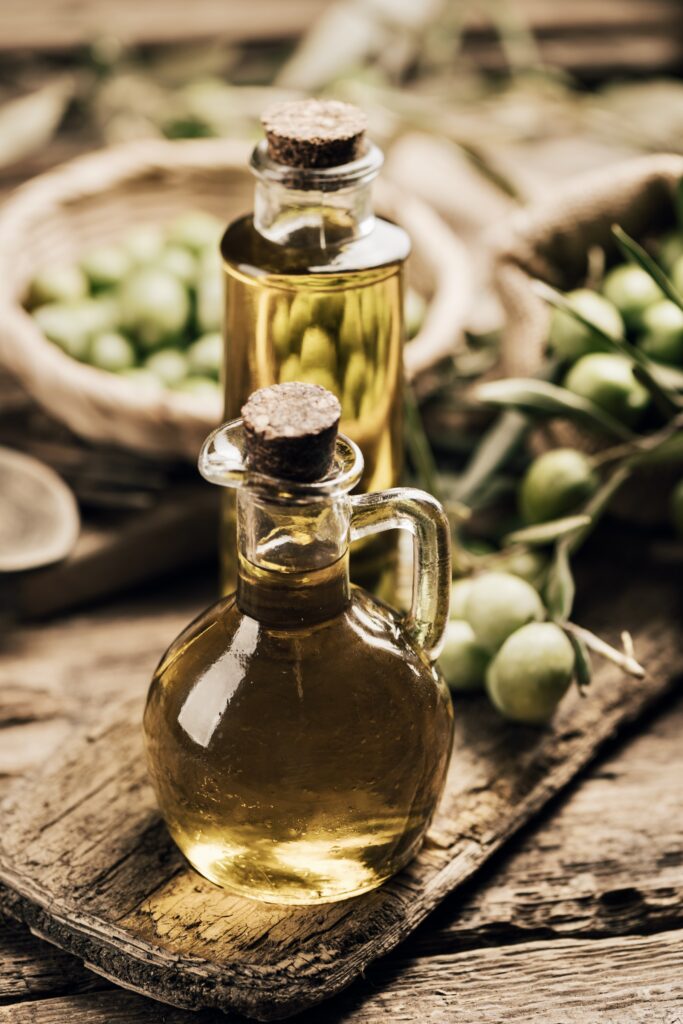
Olive Oil
Tuscan gold-green olive oil is highly regarded for its quality due to the region’s ideal climate and soil conditions.
The oil is typically made from a blend of local olive varieties, which are harvested from mature olives. They have a distinctive flavor profile that’s fruity, peppery, and slightly bitter.
Strict production standards and traditional methods ensure purity and excellence, making Tuscan olive oil the finest in Italy.
>>> Click here to book a wine and olive oil tasting in Chianti
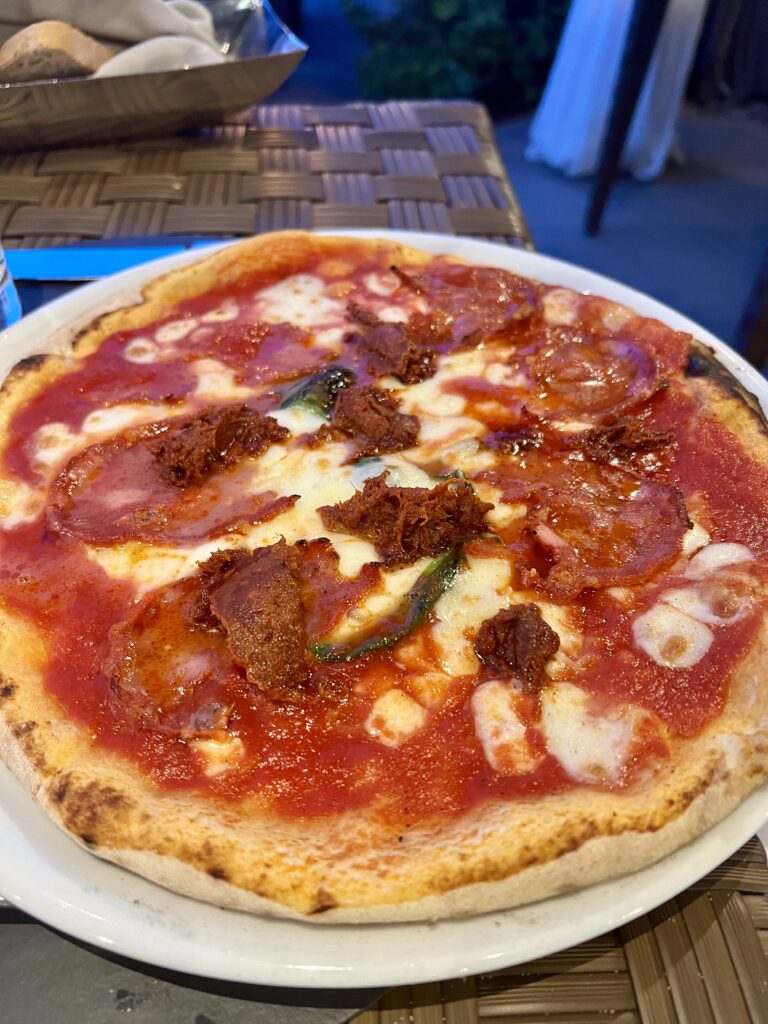
Pizza
The most famous Italian pizza , of course, is found in Naples. But you can get perfectly good pizza in Tuscany too.
The pizza in Tuscany is a bit more firm and crispy. Tuscan pizzas vary more too. They might include local cheeses, cured meats, artichokes, and even cream-based sauces.
You should expect your pizza to arrive unsliced. You’ll have to cut it with your knife and fork, although very occasionally you’ll be given a scissor to slice it.
Italians eat pizza with a knife and fork, especially at traditional sit-down restaurants. However, when eating more casual street food or pizza al taglio (pizza by the slice), it’s common to eat with your hands.
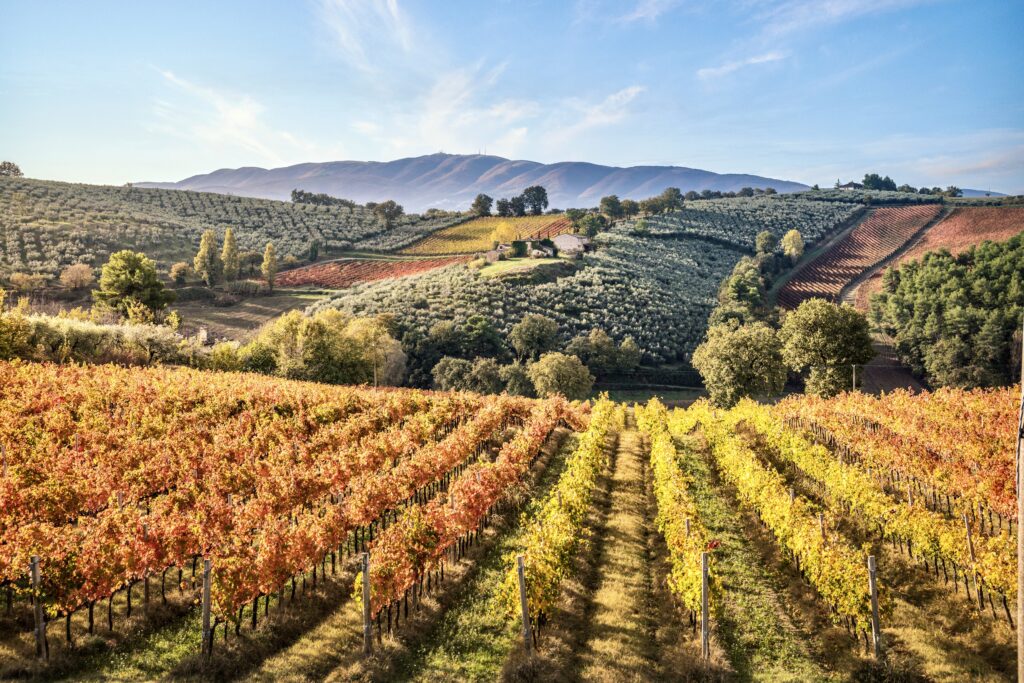
Wines of Tuscany
Tuscan wines enjoy a worldwide reputation and with good reason.
Chianti, the region’s most famous red wine, comes in many guises. It reaches its peak drinking qualities between three to fives years after the vintage.
If you see a black rooster on a Chianti bottle, this is a symbol of quality and authenticity. This emblem represents the Chianti Classico Consortium, an organization that regulates and monitors the production of Chianti Classico wine.
Chianti has been joined by some more ambitious bold reds, called “Super Tuscans” — Brunello di Montalcino and Vino Nobile di Montepulciano.
For lovers of food and fine wines, one of the delights of a Tuscan stay will be a visit to a winery for a wine tasting. Or even taking a food and wine tour in Florence.
I hope you’ve enjoyed my guide to what to eat in Tuscany. You may find these other Tuscany travel guides useful:
- 1 day in Florence itinerary
- 2 days in Florence itinerary
- 3 days in Florence itinerary
- Best things to do In San Gimignano
- Best things to do in Montepulciano
- Best Things to do in Pienza
- 2 days in Siena itinerary
- 1 day in Siena itinerary
- 1 day in Arezzo itinerary
- 1 day in Cortona itinerary
- 1 day in Volterra itinerary
Pin it for later.

